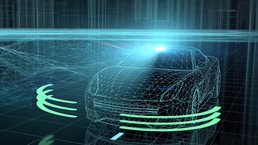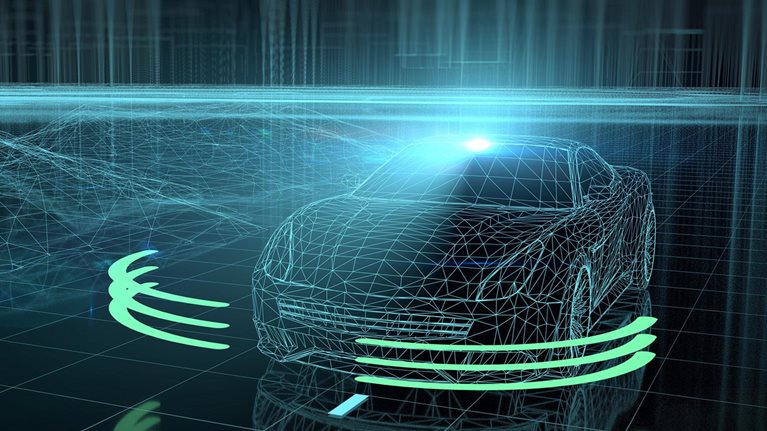The automotive industry will change more in the next decade than it has in the last century. The shake-up stems from four mutually reinforcing trends that are rapidly gaining traction: autonomous driving, connected cars, electrification of vehicles, and shared mobility. All these trends have one common enabler: advances in automotive software and electrical/electronic (E/E) components.
These developments are generally good news for semiconductor companies serving the automotive sector and adjacent industries. The global market for software and E/E components is expected to grow about 7 percent annually through 2030, although results will vary by segment. That’s more than double the rate of 3 percent for the automotive sector as a whole (exhibit).

As the trends accelerate, automotive systems will change significantly, especially with respect to control-unit architecture. Currently, vehicles rely on a decentralized architecture in which each individual function, such as parking assistance, runs on a separate electronic control unit (ECU). These functions are typically “hard coded” in ECU hardware that includes embedded software in its design and configuration.
Future generations of cars will have a centralized architecture in which a few domain control units (DCUs) control multiple functions. For instance, one DCU may cover all functions in advanced driver assistance systems, including parking assistance and blind-spot detection. DCUs have less hard coding than ECUs, so software will take the lead. If an OEM wants to add another function to a DCU, it can likely add software, rather than creating new hardware. With this shift, it will no longer be necessary to develop or source hardware and software in tandem.
Would you like to learn more about our Semiconductors Practice?
As centralized architecture gains traction, DCUs will increase their share of the automotive-controller market from about 2 percent to around 40 percent between 2020 and 2030. ECUs will still be necessary, especially for lower-level functions, such as pre-processing of sensor data for cameras, or for functions where latency is critical. But ECUs will become increasingly standardized and commoditized as vehicles transition to software-defined functions, as will sensors, harnesses, and other hardware components.
In the new automotive age, OEMs will less often follow the traditional sourcing approach in which they either rely on tier-one vendors for guidance or else define specifications and expect suppliers to deliver on them. Instead, they will depend much more on tech natives, including semiconductor players, for insights about the best technologies and architectures. To succeed, semiconductor companies must have more direct discussions with OEMs about their needs, rather than solely relying on reports from tier-one suppliers. Without this understanding, they could invest in technologies that commoditize quickly or get fully translated into software based on standard DCU hardware.

Rethinking car software and electronics architecture
Semiconductor companies must also monitor market trends and place their bets wisely—especially if they want to expand from hardware provisioning. While the changes in E/E architecture offer several opportunities to expand into software, many OEMs are still debating their future sourcing strategies. Their decisions, including those related to whether they should purchase software or create it internally, could determine the extent of the opportunities available to semiconductor companies.


